The diverse applications of composite materials in aerospace and military industries
Release time:
2025-04-28
Composite materials, a macroscopic (or microscopic) new performance material carefully made by combining two or more materials with different properties through physical or chemical methods
Composite materials, a macroscopic (or microscopic) new performance material carefully made from two or more materials with different properties through physical or chemical methods, are favored in various fields due to their comprehensive performance, achieving complementary advantages of each constituent material.
The comprehensive performance of this material often surpasses its original composition, thus meeting various complex application needs. In the aerospace and military fields, the widespread use of composite materials has become a key indicator of the advancement of military equipment. Its rise has not only enriched the selection of modern materials but also promoted the birth of high-performance materials such as carbon fiber reinforced composites, making it an indispensable candidate material in military and civilian equipment manufacturing.

Classification of Composite Materials
Composite materials can be subdivided according to their matrix material type, the morphology of the reinforcing material, and functional characteristics.
Matrix Material Type:
1. Metal matrix composites, such as aluminum-based and titanium-based;
2. Organic non-metallic matrix composites, such as resin-based;
3. Inorganic non-metallic matrix composites.
Morphology of Reinforcing Material:
1. Fiber-reinforced composites, such as carbon fiber;
2. Particle-reinforced composites;
3. Short fiber-reinforced composites;
4. Flake-reinforced composites, such as carbon nanotubes.
Functional Characteristics:
1. Structural composites;
2. Functional composites, such as conductive and optical fibers;
3. Intelligent composites, such as shape memory alloys.
Characteristics of Composite Materials
Compared to single materials, composite materials exhibit numerous characteristics, compensating for the shortcomings of single materials and fully utilizing the advantages of each material to give materials new properties. In addition, it can also perform predetermined performance design according to the structure and stress requirements of components to achieve material performance optimization.
Specifically, the characteristics of composite materials include:
High Specific Strength and High Specific Modulus: (The specific modulus of carbon fiber reinforced resin composite materials is 5 times that of steel and aluminum alloys, and the specific strength is also more than 3 times higher).
Fatigue Resistance: Fiber composite materials are less sensitive to notches and stress concentrations, and their interface energy can change the direction of crack propagation, thereby improving fatigue strength. For example, the fatigue limit of carbon fiber unsaturated polyester resin composite materials can reach 70%~80% of their tensile strength, which is much higher than that of metal materials.
Strong Fracture Resistance: Fiber composite materials contain a large number of independent fibers. When a small number of fibers break, the load can be redistributed to other unbroken fibers, making the component less prone to sudden failure and thus improving fracture toughness.
Excellent Vibration Damping Performance: The structural natural frequency is proportional to the square root of the material's specific modulus. Therefore, using composite materials with high natural frequency can avoid resonance and premature failure.
Good High-Temperature Resistance and Creep Resistance: Composite materials can remain stable at high temperatures, and their creep resistance is also strong.
Because fiber materials can still maintain their high-strength characteristics at high temperatures, fiber-reinforced composite materials, such as carbon fiber-reinforced resin composite materials, have significantly improved heat resistance compared to resin matrices. Especially in metal matrix composites, their heat resistance shows strong performance. For example, the strength of aluminum alloy decreases rapidly with increasing temperature; however, aluminum-based composite materials reinforced with quartz glass can still maintain 40% of their room temperature strength at a high temperature of 500℃. In addition, composite materials of silicon carbide fibers, alumina fibers, and ceramics can withstand temperatures of 1200~1400℃ in air, which even exceeds the heat resistance of all high-temperature alloys.
In addition, composite materials also have corrosion resistance. Many types of composite materials can resist acid and alkali erosion. For example, glass fiber-reinforced phenolic resin composite materials can be used for a long time in acidic media containing chloride ions, so they are very suitable for manufacturing equipment such as chemical pipelines, pumps, valves, containers, and stirrers.
Furthermore, composite materials also have excellent friction reduction, wear resistance, and self-lubrication. Their manufacturing process is simple and suitable for integral molding, so the workpiece can be obtained directly during the manufacturing process, reducing the number of parts, fasteners, and joints, thus saving raw materials and labor.
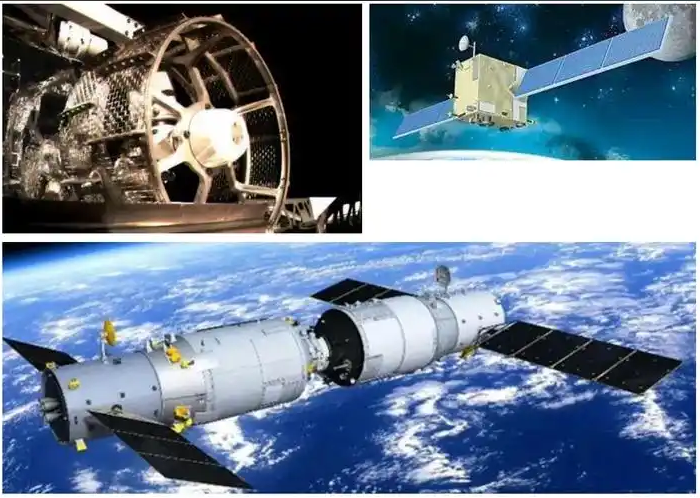
The aerospace field has always been one of the important fields where composite materials have been widely used.
Composite materials have important applications in the aerospace field. Spacecraft need to operate in harsh environments, such as high temperatures, low temperatures, and vacuum conditions, where traditional metal materials may not meet the requirements. Composite materials have excellent high-temperature resistance, low-temperature resistance, and corrosion resistance, which can effectively cope with the challenges faced by spacecraft in harsh environments. Therefore, the thermal protection layer, shell, and thermal control components of spacecraft have begun to be manufactured using composite materials to ensure the normal operation of spacecraft in space.
In the aviation field, composite materials are used to manufacture aircraft structural components. Although traditional metal materials have high strength, they are heavy, affecting the aircraft's fuel efficiency. Because composite materials have lighter weight and excellent strength, they can reduce the aircraft's weight, improve fuel efficiency, and reduce the aircraft's operating costs. Therefore, the fuselage, wings, and tail wings of aircraft have begun to be manufactured using composite materials to improve aircraft performance and safety.
According to statistics, up to 70% of aircraft weight reduction is contributed by the advancement of aviation material technology. Aircraft using carbon fiber reinforced resin-based composite materials have shown significant advantages in terms of weight reduction, reduced fuel consumption, reduced maintenance costs, and extended service life.
Composite materials are also widely used in military applications such as rocket engines, missiles, and satellites. Rocket engines have high performance requirements for materials and need excellent high-temperature resistance and impact resistance, and composite materials are one of the materials that can meet these requirements. Missile and satellite structural components also need to be lightweight, high-strength, and corrosion-resistant, so the application of composite materials can improve the performance and reliability of missiles and satellites.
Military Aircraft
Currently, the proportion of composite materials in the world's military aircraft varies greatly, usually between 20% and 50%. These composite materials are mainly used to manufacture key components such as fairings, horizontal stabilizers, vertical stabilizers, horizontal stabilizer boxes, wings, and the mid-front fuselage. If the composite material content reaches about 50%, it means that the vast majority of the aircraft's structure will be constructed from composite materials, such as the B-2 stealth bomber.
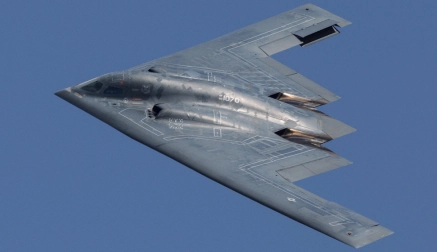
Civilian Aircraft
The application of composite materials in civilian aircraft has gone through four development stages. Initially, in the mid-1970s, they were mainly used to manufacture components with less stress, such as leading edges, fairings, cowlings, and spoilers. By the mid-1980s, the application range of composite materials further expanded, beginning to involve low-stress components such as elevators and ailerons. Subsequently, in the third stage, composite materials began to be used in key components with high stress, such as vertical stabilizers and horizontal stabilizers. For example, the vertical stabilizer and horizontal stabilizer of the Boeing 777 aircraft use composite materials, accounting for 11%. In the fourth stage, composite materials are widely used in the main load-bearing components of the aircraft, such as wings and fuselage. Taking the Boeing 787 Dreamliner as an example, the amount of composite materials used is as high as 50%, even exceeding the total weight of aluminum, steel, and titanium.

Helicopters
Whether military, civilian, or light helicopters, carbon fiber composite materials are widely used. The amount of composite materials in these helicopters usually accounts for 40% to 60% of the structural weight. For example, the composite material usage of the US RAH-66 Comanche armed helicopter reached 50%, while the European NH-90 helicopter's composite material usage is as high as 80%, approaching an all-composite structure.
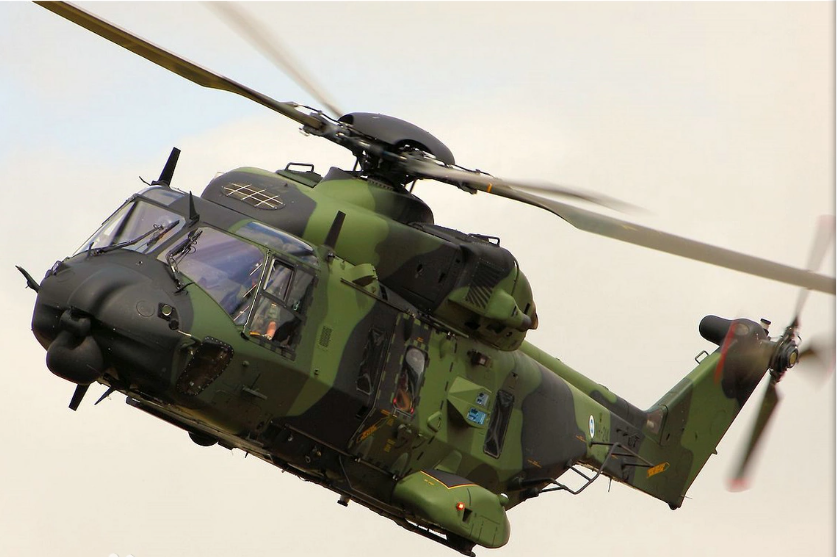
Unmanned Aerial Vehicles (UAVs)
In the pursuit of lightweight design, military UAVs have made extensive use of composite materials. Taking the US X-45 series aircraft as an example, its composite material usage exceeds 90%, while the X-47 series aircraft is almost entirely constructed from composite materials. At the same time, key components of the Global Hawk unmanned reconnaissance aircraft, such as wings, tail wings, rear fuselage, and large radar domes, are also made of composite materials.
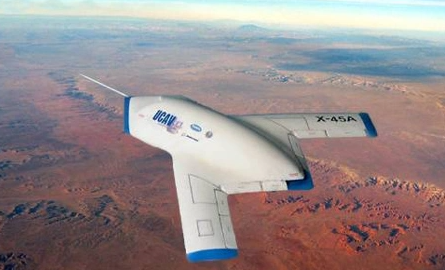
Aero-engines
The application of composite materials in aero-engines not only reflects its technological advancement but also has a significant impact on engine performance improvement. Resin-based composite materials, with their high specific strength and specific modulus, have brought substantial benefits to high-thrust-to-weight ratio aero-engines in terms of weight reduction, efficiency improvement, and cost reduction. These materials are mainly used for the cold-end components of the engine, such as compressor blades and guide vanes of turbofan engines, with operating temperatures controlled below 150-200℃.
For hot-end components, due to the special high-temperature environment requirements, metal-based, ceramic-based, and carbon/carbon composite materials play a crucial role. For example, SiC long-fiber-reinforced titanium matrix composites (Ti-MMC), with their high specific strength and high-temperature resistance, occupy an indispensable position in aero-engine manufacturing. In the future, with technological advancements, more metal matrix composites such as integral bladed rotors, casings, and turbine shafts will gradually be manufactured using these high-performance materials.
Other Defense and Military Industries
Fiber-reinforced composite materials, due to their unique heat dissipation, heat insulation, and high-temperature resistance characteristics, have been widely used in the aerospace industry. In addition, high-strength glass fiber resin-based composite materials have also demonstrated performance in the structural manufacturing and ablative heat insulation of multi-tube long-range rockets and air-to-air missiles, achieving an integrated design of the nozzle converging section, expanding section, and tail fin frame, effectively reducing weapon weight and improving tactical performance.
The application of carbon fiber composite materials in solid rocket motors is also quite extensive. For example, models such as the Pegasus launch vehicle, Trident II missile, and Minuteman missile all use composite materials to manufacture solid rocket motors. At the same time, the launch tubes of the US MX strategic missile and the Russian Topol-M strategic missile also use advanced composite material technology.
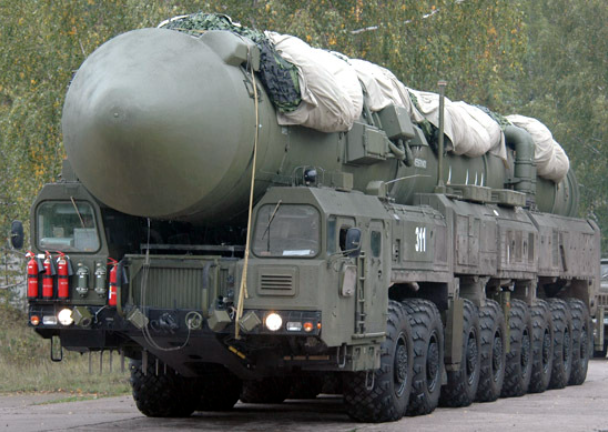
In the field of naval vessels, composite material technology has also made significant progress and has gradually reached the level of practical application. The US Navy's Ford-class aircraft carrier, Virginia-class submarine, and DDG1000 destroyer have all made extensive use of composite materials. In addition, the integrated mast of the British Navy's Type 45 destroyer also uses sandwich composite materials, which not only have stealth capabilities but also reduce antenna maintenance work.
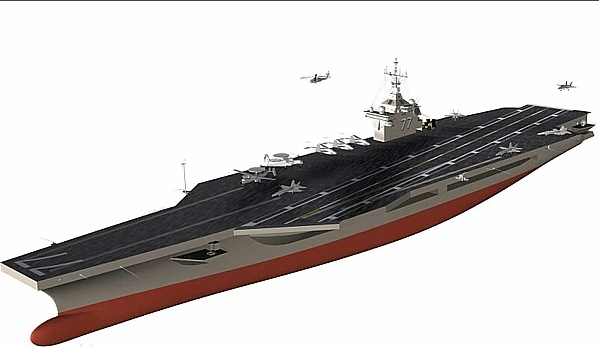
China's development in the field of aerospace composite materials is also worth noting. Since the 1960s, China has been researching the application of composite materials in aircraft structures. After decades of efforts, China has formed a composite material system mainly composed of epoxy, bismaleimide, and polyimide, as well as a molding technology system centered on hot-melt prepreg manufacturing technology and autoclave molding technology. Currently, almost all in-service military aircraft in China have used composite materials to varying degrees, including the front fuselage, vertical stabilizer, and horizontal stabilizer. In new-generation military aircraft, the application of composite materials is more extensive, mainly used in key parts such as wings, canards, and tail wings, accounting for nearly 20% of the structural weight. The Y-20 large transport aircraft has also widely used composite materials, mainly in the vertical stabilizer and horizontal stabilizer. The composite material usage in new-generation helicopters has reached about 34%, with a significant increase in application scale.
It is expected that the use of composite materials in domestically produced military aircraft will further break through related composite materials and structural materials technologies in the future, enabling the use of composite materials to increase to about 25%, while the weight reduction efficiency will also increase from 20% to 30%. This technological innovation will allow key load-bearing structures such as wings and fuselage to use more composite materials, thus achieving weight reduction goals while fully utilizing the unique advantages of composite materials such as corrosion resistance, stealth performance, and conformal antennas.
In general, the application of composite materials in the aerospace field has become a trend. With the continuous development of science and technology and advances in materials manufacturing technology, composite materials will play an increasingly important role in the aerospace field, providing strong support for the development of the aerospace industry. It is believed that in the future aerospace field, composite materials will have even wider applications, providing better technical support for mankind's exploration of the universe and conquest of the sky.
Disclaimer: This information is for the exchange and sharing of professional knowledge and market information on composite materials only, and is not for any commercial purposes. If there are any copyright issues or questions about the content, please contact us immediately. We will deal with it promptly.
Related News

